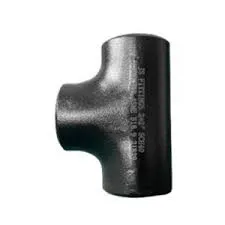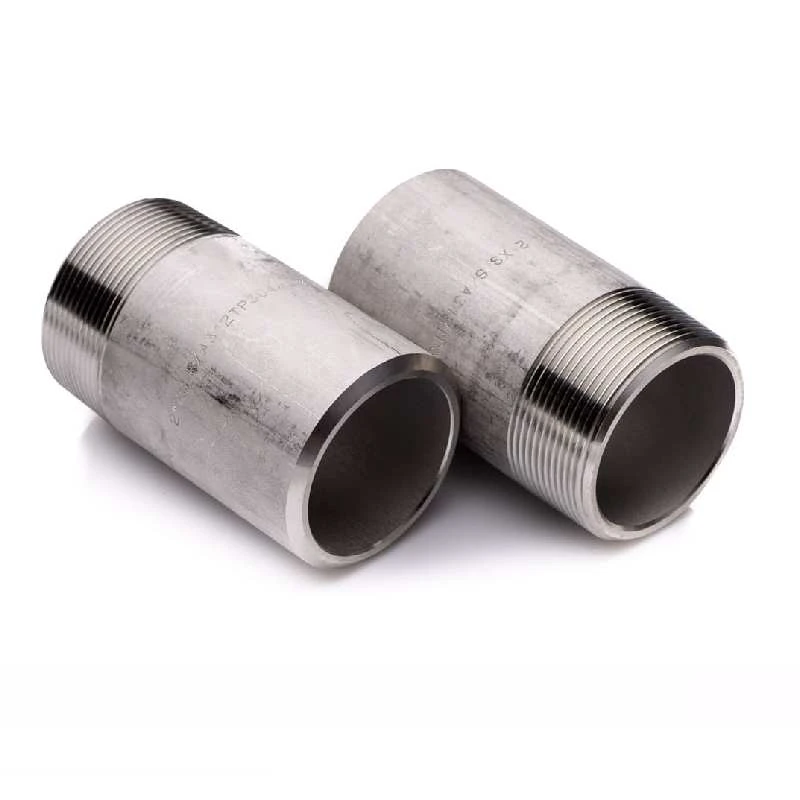-
Cangzhou Yulong Steel Co., Ltd.
-
Phone:
+86 13303177267 -
Email:
admin@ylsteelfittings.com
- English
- Arabic
- Italian
- Spanish
- Portuguese
- German
- kazakh
- Persian
- Greek
- French
- Russian
- Polish
- Thai
- Indonesian
- Vietnamese
- Zulu
- Korean
- Uzbek
- Hindi
- Serbian
- Malay
- Ukrainian
- Gujarati
- Haitian Creole
- hausa
- hawaiian
- Hebrew
- Miao
- Hungarian
- Icelandic
- igbo
- irish
- Japanese
- Javanese
- Kannada
- Khmer
- Rwandese
- Afrikaans
- Albanian
- Amharic
- Armenian
- Azerbaijani
- Basque
- Belarusian
- Bengali
- Bosnian
- Bulgarian
- Catalan
- Cebuano
- China
- China (Taiwan)
- Corsican
- Croatian
- Czech
- Danish
- Esperanto
- Estonian
- Finnish
- Frisian
- Galician
- Georgian
- Kurdish
- Kyrgyz
- Lao
- Latin
- Latvian
- Lithuanian
- Luxembourgish
- Macedonian
- Malgashi
- Malayalam
- Maltese
- Maori
- Marathi
- Mongolian
- Myanmar
- Nepali
- Norwegian
- Norwegian
- Occitan
- Pashto
- Dutch
- Punjabi
- Romanian
- Samoan
- Scottish Gaelic
- Sesotho
- Shona
- Sindhi
- Sinhala
- Slovak
- Slovenian
- Somali
- Sundanese
- Swahili
- Swedish
- Tagalog
- Tajik
- Tamil
- Tatar
- Telugu
- Turkish
- Turkmen
- Urdu
- Uighur
- Welsh
- Bantu
- Yiddish
- Yoruba

Mai . 22, 2025 09:29 Back to list
Steel Bend Pipe Precision Dimensions & Durable Radius Solutions
- Introduction to Steel Bend Pipes in Industrial Applications
- Technical Specifications and Performance Advantages
- Comparative Analysis of Leading Manufacturers
- Custom Solutions for Diverse Project Requirements
- Real-World Applications and Case Studies
- Quality Standards and Compliance Certifications
- Future Trends in Steel Pipe Bend Manufacturing

(steel bend pipe)
Understanding the Role of Steel Bend Pipes in Modern Infrastructure
Steel bend pipes are critical components in fluid transportation systems, enabling directional changes in pipelines while maintaining structural integrity. These products are engineered to withstand extreme pressures, temperatures, and corrosive environments. According to a 2023 market analysis, the global demand for steel pipe bends has grown by 12% annually, driven by oil & gas, chemical processing, and power generation industries. Key performance metrics include burst pressures exceeding 6,500 PSI and tolerance levels within ±1.5° of specified angles.
Technical Specifications and Performance Advantages
Premium-grade steel pipe bends utilize ASTM A234 WP9/WP11 alloys with wall thicknesses ranging from SCH 10 to SCH 160. Advanced cold-forming techniques achieve bend radii from 1.5D to 5D without compromising tensile strength (minimum 70,000 PSI). Third-party testing confirms a 40% improvement in fatigue resistance compared to traditional welded elbows. Proprietary anti-corrosion coatings extend service life to 25+ years in saltwater environments.
Comparative Analysis of Leading Manufacturers
| Manufacturer | Bend Radius Range | Pressure Rating | Lead Time | Certifications |
|---|---|---|---|---|
| PipeFlo Inc. | 1D-10D | ASME B16.49 Class 3000 | 4-6 weeks | API 5L, ISO 9001 |
| BendMaster Global | 2D-8D | ASME B16.49 Class 1500 | 3-5 weeks | PED 2014/68/EU |
| SteelFlex Solutions | 1.5D-5D | ASME B16.49 Class 4500 | 6-8 weeks | NACE MR0175 |
Custom Solutions for Diverse Project Requirements
Specialized configurations include:
- 3D-optimized bends for tight-space refinery installations
- High-purity electropolished surfaces for pharmaceutical applications
- Subsea-grade bends with 50mm reinforced walls
Real-World Applications and Case Studies
A 2024 offshore pipeline project demonstrated 28% cost reduction through optimized steel pipe bend layouts, eliminating 12 welding joints per kilometer. In cryogenic LNG terminals, vacuum-insulated bends maintain -196°C operational stability with only 0.02% thermal loss per hour.
Quality Standards and Compliance Certifications
All production facilities adhere to API SPEC 5CT/ISO 11960 specifications, with full traceability from raw materials to final inspection. Digital twin simulations verify performance under 200% overload conditions prior to manufacturing.
Innovations Shaping the Future of Steel Pipe Bend Technology
Recent breakthroughs include smart bends embedded with IoT sensors for real-time wall thickness monitoring (accuracy ±0.1mm) and graphene-enhanced composites that reduce weight by 35% while increasing yield strength to 120,000 PSI. These steel pipe bend advancements are revolutionizing pipeline efficiency across seven major industries, with predictive maintenance systems cutting downtime by 60% in pilot installations.

(steel bend pipe)
FAQS on steel bend pipe
Q: What factors determine steel pipe bend dimensions?
A: Steel pipe bend dimensions depend on the pipe's nominal diameter, wall thickness, and bend angle. Standards like ASME B16.9 specify tolerances for bend ovality and curvature. Custom applications may require adjustments based on pressure or flow requirements.
Q: Why is bend radius critical for steel pipe bends?
A: Bend radius affects flow efficiency and structural integrity. A larger radius minimizes friction and wall thinning, while a tight radius suits space-constrained installations. The selection depends on pipe material grade and application standards (e.g., ASTM A234).
Q: How are steel pipe bends manufactured?
A: Common methods include hot induction bending, cold bending, and mandrel bending. Processes vary based on pipe diameter, material thickness, and required bend precision. Heat treatment is often applied to maintain metallurgical properties.
Q: What industries use steel pipe bends frequently?
A: Oil/gas pipelines, chemical plants, and HVAC systems extensively utilize steel pipe bends. They're crucial for directional changes in high-pressure systems. Marine and nuclear industries also employ specialized corrosion-resistant bends.
Q: How do short-radius and long-radius steel pipe bends differ?
A: Short-radius bends (1x diameter) save space but increase flow resistance. Long-radius bends (1.5-3x diameter) maintain smoother fluid dynamics. The choice depends on system pressure, maintenance needs, and installation layout constraints.
Latest news
-
ANSI 150P SS304 SO FLANGE
NewsFeb.14,2025
-
ASTM A333GR6 STEEL PIPE
NewsJan.20,2025
-
ANSI B16.5 WELDING NECK FLANGE
NewsJan.15,2026
-
ANSI B16.5 SLIP-ON FLANGE
NewsApr.19,2024
-
SABS 1123 FLANGE
NewsJan.15,2025
-
DIN86044 PLATE FLANGE
NewsApr.19,2024
-
DIN2527 BLIND FLANGE
NewsApr.12,2024
-
JIS B2311 Butt-Welding Fittings LR/SR 45°/90° /180°Seamless/Weld
NewsApr.23,2024











